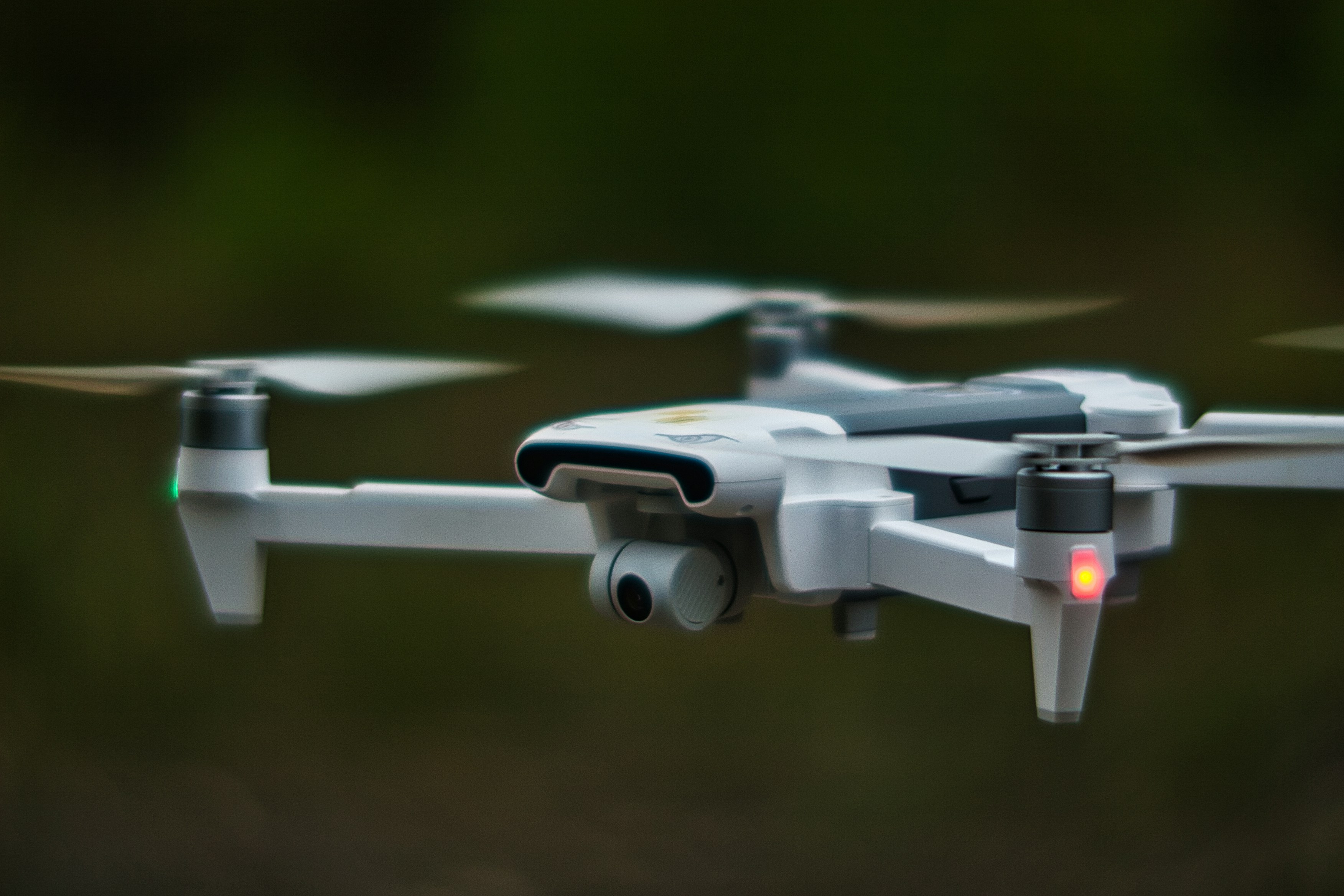Job Title: Mobile Powered Access Engineer
Earnings: £50,000 - £55,000 + per annum, plus company Van, Fuel card & Door to Door Pay
Shift Pattern: Monday to Friday, Day Shift
Job Type: Full-Time, Permanent
Job Overview:
We are looking for a skilled and motivated Mobile Powered Access Engineer to join our growing team. In this role, you will be responsible for servicing, maintaining, and repairing a wide range of powered access equipment, including scissor lifts, boom lifts, and other aerial platforms. As a Mobile Engineer, you will work on customer sites across the region, ensuring all powered access equipment is fully operational, safe, and compliant with relevant regulations.
Requirements
Strong knowledge of hydraulic, mechanical, and electrical systems.
CAP Qualification is preferable
Experience with diagnostics and fault-finding on powered access, Plant or Material Handling Equipment.
Full UK driving license (essential).
Excellent problem-solving skills and a proactive approach to work.
Strong communication skills and the ability to interact with customers in a professional and friendly manner.
Ability to work independently and as part of a team.
What We Offer:
Competitive Salary
Company Van & Fuel Card: For use during working hours, ensuring convenience and cost-efficiency.
Monday to Friday Day Shifts: Enjoy a healthy work-life balance with no weekend shifts required.
Career Development: Opportunities for further training and development in the powered access sector.
Pension Scheme: A company pension plan to help secure your future.
Unlimited overtime opportunities & bonus scheme
Key Responsibilities:
Servicing & Maintenance:
Conduct scheduled maintenance and servicing of powered access equipment, including scissor lifts, boom lifts, and vertical mast lifts, ensuring the highest standards of safety and reliability.
Repairs & Diagnostics:
Diagnose, troubleshoot, and repair mechanical, electrical, and hydraulic faults on powered access machinery. Deliver quick and effective solutions to minimize downtime for clients.
Safety Compliance:
Perform thorough safety checks and inspections of powered access equipment to ensure compliance with health and safety regulations and manufacturer guidelines. Provide reports detailing findings and recommendations for repairs or replacements.
Customer Interaction:
Maintain excellent communication with customers, offering technical support, guidance, and advice on the safe operation and maintenance of their powered access equipment.
Documentation:
Complete service reports, repair records, and maintenance logs accurately and in a timely manner. Ensure all paperwork is filed correctly for compliance and reference.
On-Site Support:
Respond to emergency repair calls and provide on-site support as needed, ensuring minimal disruption to clients' operations.
Training & Knowledge Sharing:
Continuously update your technical knowledge of powered access equipment and share insights with the team to improve service quality and efficiency.
Qualifications & Experience:
Proven experience as a Mobile Powered Access Engineer or similar role, with expertise in servicing, repairing, and maintaining powered access equipment (scissor lifts, boom lifts, etc.).
How to Apply: If you are a motivated and experienced professional looking to take the next step in your career, we would love to hear from you. Please apply with your CV or call Harry on (phone number removed)


